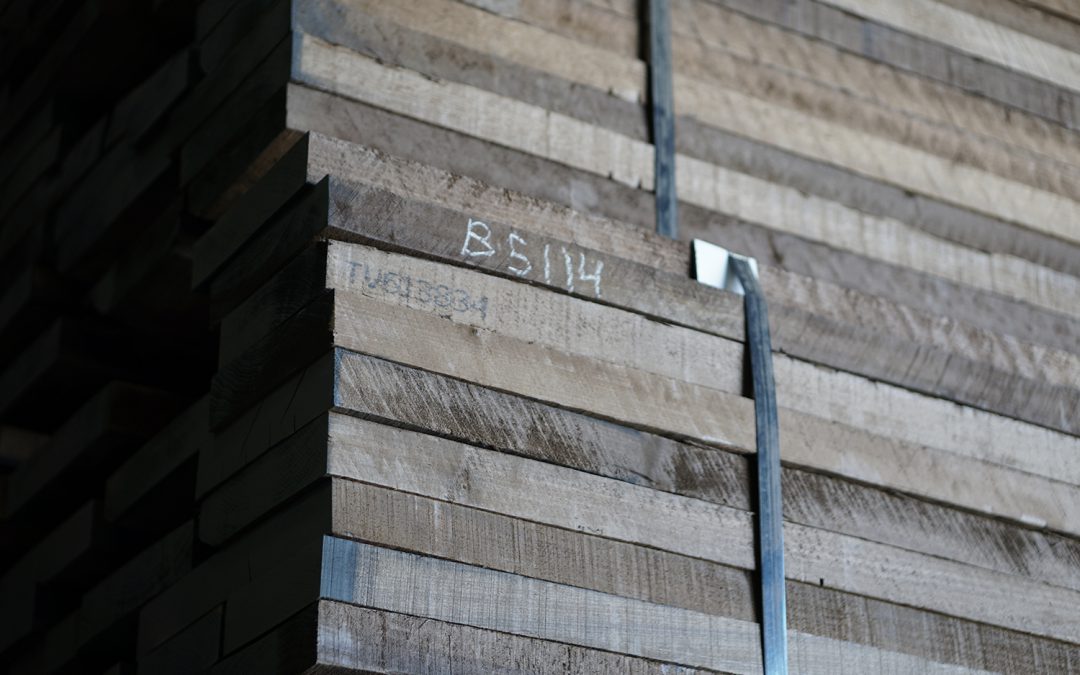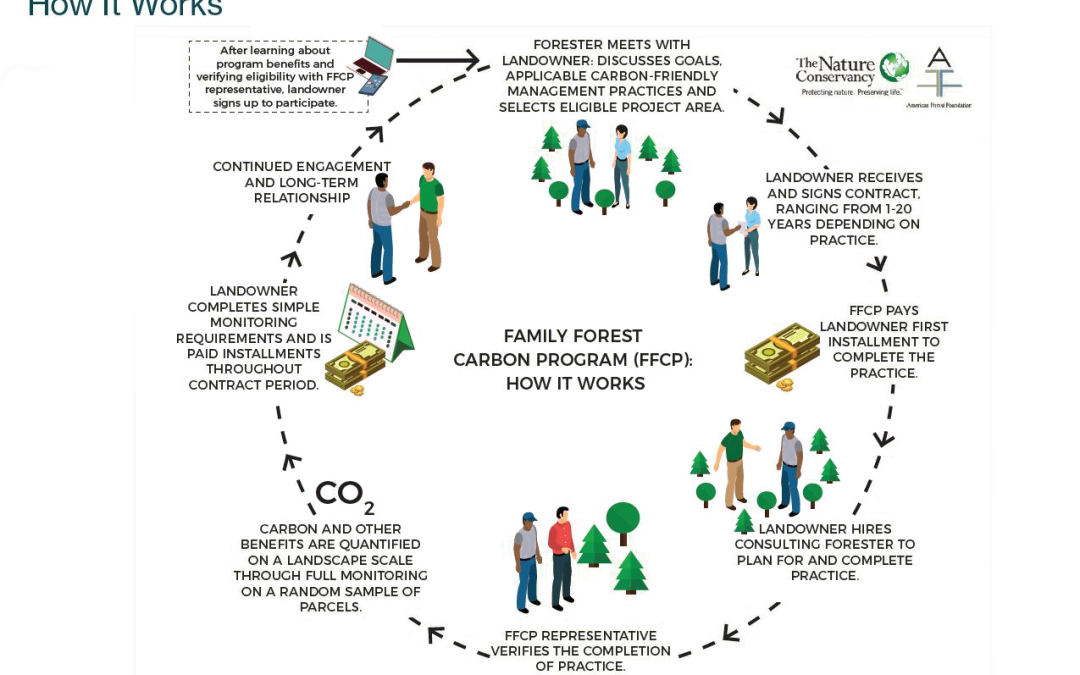
by William | Feb 9, 2022 | Healthy Living
Dear Readers,
The endeavor to build this crazy house of ours has been fraught with difficulties. I can’t count the number of times I have turned to William and asked, “Do you ever regret not pursuing a project more…normal?” His answer has always been the same: “No.” And I agree. I just have to ask…
Amid the difficulties are ground-breaking enlightenments, inspiring learning experiences, and a growing sense of ‘awe’ and appreciation for individuals, groups, firms, and manufacturers who are paving the way for advocacy in responsible regenerative design and living. That sentence sure was a mouthful. But some things are just worth talkin’ about…
Bingaman & Son Lumber is one manufacturer that floored William and I with their processes and very ethos as a company. And they are certainly worth talking about! Hence this blog 🙂
From the onset of designing our home, William and I wanted to use what is called ‘thermally modified wood.’ Thermally modified wood is lumber that is heated just about to the point of combustion. The intense heat caramelizes the sugar and starches in the wood, and solidifies the cells of the wood itself. The result is a dark, beautiful wood (that smells a bit like slightly over-baked chocolate chip cookies…) that is insect (unlike cookies, the wood now lacks the enticing sugar) and water resistant.

by William | Jul 29, 2020 | Healthy Living, Net Zero, Small Footprint
William and I have been on the property hunt lately, and we have had the opportunity to walk quite a few. We are looking for a wooded piece of land here in our rural county in Central Pennsylvania. Growing up here, we know some of the more productive places to look: certain southern facing properties on mountain ranges, down by certain creeks, away from certain roads. One hard reality that we are witnessing is that many of these properties have either already been logged, or they are old growth forests with trees preemptively marked to be logged.
As I have expressed in “Is CLT Sustainable?”, wood is a beautiful, sustainable resource which has many beneficial uses. We intend to use an incredible amount of it in our own home. However, we should be harvesting our woods in a way that does not have a greater negative impact on forests’ health. Some of the properties William and I have witnessed were devastating. You could tell that ‘low environmental impact’ and ‘sustainable harvesting and regeneration of trees’ was not in the plan when these certain forests were torn through.
After witnessing these properties, it was of even greater discomfort to walk through old growth forests (where there are tons of really big trees), and see all of the spray paint markings on trees to be taken down. Many property sellers do this as a courtesy for potential buyers. The prospective buyers can see what money making trees will help them recuperate some of their economic loss after paying for the property itself. This is a common path many rural land buyers pursue, especially when land is expensive and incomes are low. When over 70% of Pennsylvania forests are privately owned, the treatment of those forests becomes highly significant.


